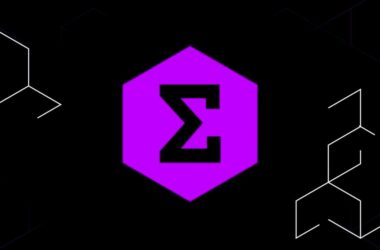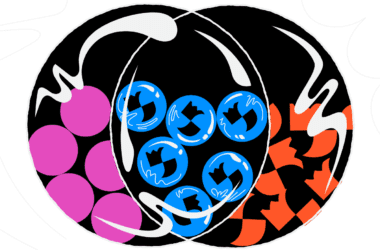Quick take:
- The UK Atomic Energy Authority, Intel, Dell and the University of Cambridge will test-develop a fusion energy production system in the metaverse.
- They will use supercomputers and AI technologies with advanced predictive capabilities to create a digital twin of the STEP (Spherical Tokamak for Energy Production) design.
- Scientists and engineers will then create an industrial metaverse of the design.
The UK government will take its fusion energy testing and exploration to the metaverse. The country’s Atomic Energy Authority (UKAEA) has teamed up with US tech giants Intel and Dell together with the University of Cambridge to create a digital twin of the STEP (Spherical Tokamak for Energy Production) design.
The companies said they will leverage supercomputers and AI technologies with advanced predictive capabilities to create a robust design in the immersive and connected virtual environment to replicate the design in the industrial metaverse.
Commenting on the partnership, Dr Rob Akers, director of Computing Programmes at UKAEA said: “Exascale supercomputing and the advent of the ‘AI era’ are essential and potentially transformative milestones that will help the UK to ensure STEP achieves its mission to connect fusion power to the national grid in the early 2040s.”
According to Dr Akers the powerful technologies will allow it to push the limits of STEP by embedding more robustness, flexibility and resilience into the design.
The test concept utilises what the companies involved call exascale computing, which they described as a next-generation technology with supercomputers that can compute up to one quintillion (one million million million) calculations per second.
According to Dr Paul Calleja, the director of Research Computing Services at the University of Cambridge, UKAEA’s mission to put clean fusion energy on the UK grid in the 2040s is extremely ambitious.
For that reason, it requires “equally ambitious advanced computing and AI technologies to fuel the virtual engineering effort to create a complete digital reality of the power plant that can be developed and tested in silico,” said Calleja.
The industrial metaverse allows engineers and designers to simulate complex designs in virtual environments, which essentially increases productivity and efficiency. Companies can test different designs in 3D and in collaboration with colleagues without wasting material.
****
Stay up to date:
Subscribe to our newsletter using this link – we won’t spam!





